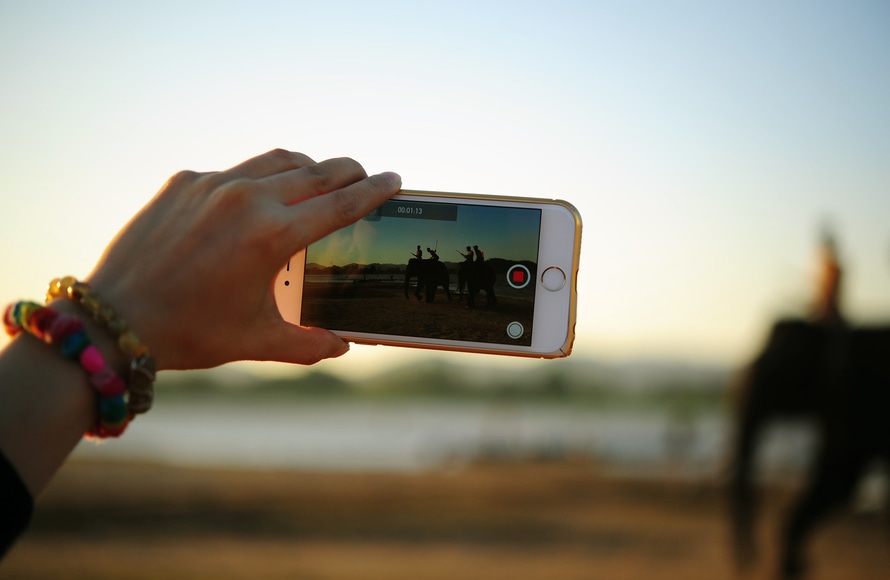Video Making for Nonprofits
Video is a powerful way to tell a story and meaningfully get a message across to supporters. But producing a great video is a real challenge: you must create compelling content, shoot and edit your footage so that it comes across as professional and engaging, and then promote your video so it can make the most impact.
Making a video can take a lot of time and effort, so it’s important to do it right! Read on for some tips on how to structure your video-making strategy.
1. Set a goal:
First, figure out the message you want to get across. Are you raising money for a particular campaign? Are you aiming to just generally promote your organization? Maybe you would like to raise awareness around a certain issue that your organization works to address. Once you have determined your message, it will be easier to plan how you will inspire your viewers with your video.
2. Set your budget and stay professional:
Your video can act as your organization’s first impression to the world, so it’s important that it looks professional. If you don’t have it in your budget to hire a professional to shoot your video for you, think of alternatives to get your message across, use animations, a slideshow, illustrations, or edit in other pre-recorded footage. It is best to have something simple and effective than an overly ambitious video that ends up sloppily produced. As iPhone video technology advances in quality, it’s certainly possible to make a great video with your iPhone — but keep in mind that this should be done with care if this is the tool you have to use. Read some tips here on how to capture good footage with your iPhone.
3. Optimize your content:
Keeping your goal in mind, write out your ideas and think of the story you’d like to tell. From there, you can determine what footage you need to illustrate your message. Here are four key points to keep in mind when creating your content:
-
- Stories have the most emotional impact, and will best convince your supporters to donate. You can do this in your video by including interviews and showing those that have been impacted by your organization’s work. Read more about storytelling for nonprofits here.
-
- Use your video as an opportunity to educate viewers. Share facts about your field, the history of your work, and the problems your organization works to address. Illustrate these facts visually, with infographics, real footage, and narration.
-
- Include a call to action. Tell viewers what they can do to contribute and fix the problem. Your ask can be one for donations, participants, or even just resharing the video and spreading the word.
-
- Use subtitles. Facebook does not play sound automatically, and these captions can pull in a lot more viewers. Rev captioning will create captions or subtitles for as little as $1.50/minute of footage.
4. Get plenty of footage to work with:
With digital cameras, the footage is free—so get enough of it so you have plenty of material to choose from. People that are not professional actors can feel awkward when being recorded for the first time, so it can require a few takes to get everyone comfortable. When filming, pay attention to lighting and sound quality to ensure that your video is engaging and professional.
5. Edit your video:
Keep your message short and sweet. As we all know, people do not have very long attention spans on the internet. Ideally, your video should be under 3 minutes — this way, it will be sharable and watchable to the greatest number of people. Sound is also important in the editing stage—choose audio that is appropriate for your footage and effective for your message. The background music should capture the feeling you are trying to create for your viewers.
Don’t have a fancy video editor to work with? Check out these free resources for making your next video.
See below for an example of concise, effective storytelling, with good pacing and music that appropriately illustrates the content of the video:
Video by charity:water
September Campaign 2012 Trailer: Rwanda from charity: water on Vimeo.
6. Share your video!
Post it on your social media networks. Share it on your e-newsletter, and feature it on the homepage of your website. When your video is short and shareable, your message will be spread not just by you but also by your supporters.
Have a great nonprofit video? Share it with us here! We’d love to hear about your process of creation.

0 Comments